


April 11, 2021
OLIVIER LATRY
–––––––––––––––––––––––––––
Two Years Later: An Update on the Organs at Notre-Dame de Paris
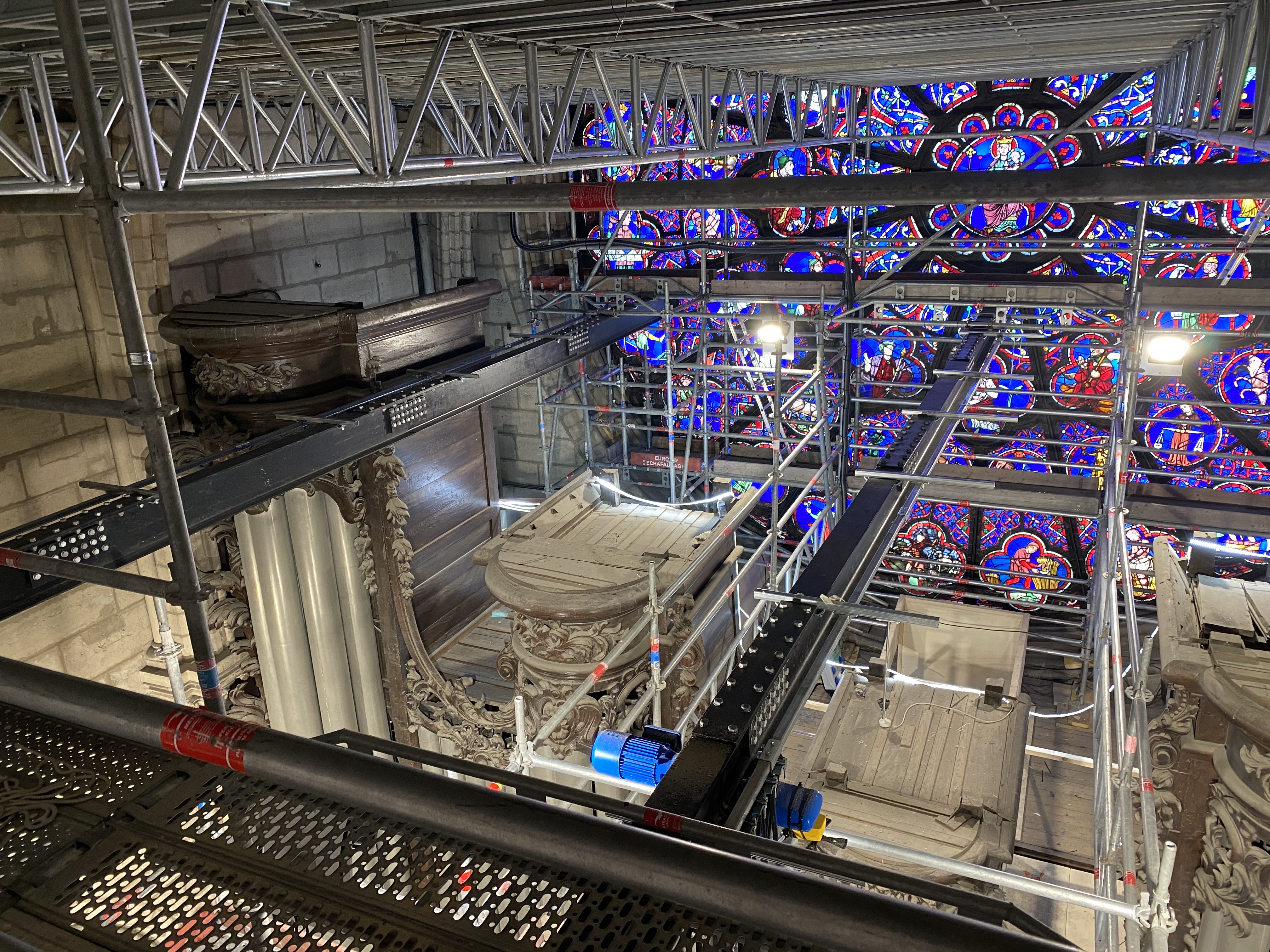
April 11, 2021
OLIVIER LATRY
–––––––––––––––––––––––––––
Two Years Later: An Update on the Organs at Notre-Dame de Paris

Reconstruction work continues on the grand orgue at the Cathedral of Notre-Dame de Paris, France.
Photo credit: © Christian Lutz / Etablissement public chargé de la conservation et de la restauration de la cathédrale Notre-Dame de Paris.
Reconstruction work continues on the grand orgue at the Cathedral of Notre-Dame de Paris, France. Photo credit: © Christian Lutz / Etablissement public chargé de la conservation et de la restauration de la cathédrale Notre-Dame de Paris.
Introduction
The shocking fire that caused so much destruction to the Cathedral of Notre-Dame in Paris rattled the world on April 15, 2019. Two years later, people around the globe are still inspired and united by the efforts to reconstruct and clean all that was devastated by flame, smoke, and dust. In this interview (translated from French), Olivier Latry, titular organist at the Cathedral of Notre-Dame and professor of organ at the Conservatoire de Paris, discusses music at Notre-Dame, the current and planned repairs of the grand orgue, as well as impacts of the COVID-19 pandemic with Vox Humana Associate Editor Katelyn Emerson.
––––––––––––––––––––––––
M. Latry, thank you very much for agreeing to this interview. As organistes titulaires at the Cathédrale Notre-Dame de Paris, Philippe Lefebvre, Vincent Dubois, and you provide the music for services from the grand orgue. In normal times, how do you share the offices, the masses, and all the responsibilities of the music? How do you all decide upon the year's programs, especially with your busy teaching and concert schedules?
Generally speaking, the distribution of services between organists at the Notre-Dame Cathedral is scheduled three years in advance. This allows us to plan our other activities (concerts, courses, classes, etc.) around our responsibilities at Notre-Dame. However, it is of course always possible to exchange with a colleague if necessary. The process of organizing these services so long in advance has also allowed us to distribute the major holidays as well as possible: in a span of three years, each of us has played the major church feasts, including Christmas, Easter, Assumption, etc., once.
The services begin Saturday morning and conclude the Friday of the following week. That week’s services include the masses on Saturday and Sunday, as well as any service that might take place during the week. These might include a feast of the liturgical year (Ash Wednesday, Ascension, the Feast of the Dedication, Assumption, All Saints, Christmas) or a national service. As the Cathedral is also the parish of the State, there are sometimes events such as the funerals of a president or an important public figure, or a special service because of a catastrophe (a plane crash, a terrorist attack, or another tragedy).
Everything in the services seems to happen without effort, but there is a huge amount of work in order to create this smooth appearance. What are some examples of this work behind the scenes and a story or two of when it was — or was nearly — necessary to “save the day”?
There would be too much to say on this subject! We always try to prevent the worst and, very fortunately, have many means of communication between all the liturgical leaders so that everything can happen successfully: an internal telephone, which allows us to receive instructions from the choir organist, the Master of Ceremonies, or speak with any priest. We also have lights at the console — green, to indicate that one must begin to play, orange to indicate that one should begin to wrap up, and, of course, red to stop! — and a television monitor that shows multiple angles of the choir and the nave.
Despite all this, it's true that we have had occasional frights, although these were most often due to external influences: demonstrations, protests, and rallies for various causes, etc. Most of the time, we receive advance warning from the “network” that something is likely to happen. I remember one time when, while a priest of the Basque country who was a bull-fighting enthusiast was preaching at Notre-Dame, some objectors wanted to bring a cow into the Cathedral! In this case, the recommendations were quite clear: the organist in the tribune needed to be ready to play loudly for a long time if something did happen. The organ, which can produce sound up to 110 decibels, could drown out any and all other noise!
The Reconstruction
In December 2020, the nearly 8,000 pipes of the grand orgue at Notre-Dame were taken to be cleaned, so the lead dust that had settled on them could be removed. What does this entail?
It wasn't only the pipes, but nearly everything has been removed and taken down: the console, the windchests, the wind trunks, actions, pipe conveyances, etc. This took the organbuilders almost five months. The treatment of each component will be different according to the element and material to be restored: cleaning and decontamination of the metal pieces (pipes, conveyances, wind trunks), application of a layer of paint to the wooden parts, and replacement of all leather parts, even those that are new. Leather cannot be cleaned except through the simple application of water, which is obviously not ideal for the material. The plan is that the organ will be completely reinstalled for the reopening of the Cathedral in April 2024.
Were all of the elements of the organ, including all pipes, façade, wind chests, bellows, frame, etc., removed, or do some remain?
The elements of the organ too massive to be removed remained at Notre-Dame, particularly the two windchests of the basses of the 32’, the wooden pipes of the pedal, the large bellows, and the case. These parts will be cleaned and restored in place. The console was removed and will be restored offsite. We do not yet know what may need to be replaced in the electronics of the organ.
A big restoration and modernization of the grand orgue was completed in 2014, including this new console. Since technology changes so quickly, will this work offer any possibility for updating the systems for “the 20s”?
Essentially nothing will be changed. The Eltec [organ relay] system already performs very well, and updates had taken place regularly. I suspect we will leave it as it is.
The collaboration of several organbuilders on this project shows a little of the unifying spirit that is clear throughout the reconstruction of the entire Cathedral, especially the organ. Can you share a little about which organbuilders are a part of the work?
There are the companies Cattiaux and Quoirin, which carried out the restoration in 2014, with the addition of the company Sarélot. To be precise, these companies were requisitioned for the occasion because there is a compelling reason for each of their presence, as is also being done for work on the stained-glass windows. Most of the companies that were invited suspended all of their works-in-progress to come to Notre-Dame. Since the goal of completing everything by 2024 is still in place, everything is being done to not fall behind.
Has the pandemic had an effect on the work for the organ?
The pandemic had virtually no effect on the work on the Cathedral; everything is continuing on schedule.
Most of the news that we receive concerns the grand orgue, but we have completely lost the choir organ. Are there yet plans or proposal for a reconstruction or a replacement?
We were only able to recover the metal pipes of this instrument, as the rest had taken on too much water to be saved. The plan for the new organ has not yet been finalized, but many options have been discussed and decisions will have to be made when the time comes. We’re not quite there yet.
You have withstood two enormous losses: that of your work at Notre-Dame and, like the entire world, the shocking losses caused by the COVID-19 pandemic. What were a few of your projects at Notre-Dame prior to the fire and otherwise before March 2020? Despite travel restrictions, curfews, and lockdowns, how are you continuing to make music and teach during this pandemic?
Nothing in particular had been planned at Notre-Dame for summer 2019; I had just recorded my CD Bach to the Future (available here), a project that I had had in mind for over 30 years! Alongside this recording, we had also produced a video of the Toccata and Fugue in D Minor, BWV 565, available on YouTube here, that had perhaps given us the last occasion to admire the Cathedral before the fire, as the filming took place only in February 2019. Apart from this, some concerts with la Maîtrise Notre-Dame de Paris [the Cathedral's choir program] were programmed, and of course the services.
The pandemic is another story… everything has been at a near-standstill for a year, as you know well. For my part, 80 concerts have been cancelled, among them the "First Night of the Proms" when I was to play the Poulenc Concerto, three concerts with the Berlin Philharmonic, two with the Munich Philharmonic, a tour with the Montreal Symphony Orchestra, three tours in the USA, one in Russia, one in Japan, one in China… without even beginning to list the concerts in Europe. The Artist-in-Residence position that I had begun at the University of Kansas in Lawrence has also been interrupted for the moment. It is an understatement to say that we are awaiting the recommencement of so much!
Despite all of this, I was able to play some concerts in October (including, notably, a recital within the inauguration festivities for the organ of the Vienna Cathedral), as well as a French production of the Concerto pour orgue of Pascal Dusapin at the Philharmonie de Paris and a concert at Müpa in Budapest. But the latter two concerts were without any audience. Instead, they were live on the radio or streamed online.
Courses at the Conservatoire de Paris have been able to take place face-to-face, but for only a limited duration (our hour per student) and without any option for group or studio classes. Here too, we try to salvage what we can from this situation, but we cannot truly follow through with our pedagogical projects.
The grand orgue of Notre-Dame holds a special place in all our hearts, but nobody holds it more dearly than you and your colleagues. Can you share with us the moment and your emotions when you learned that the grand orgue had survived?
The disbelief, the amazement, just as when I had originally learned that Notre-Dame was on fire. It was also horrible, although I was not in Paris (I was in Vienna) to watch on the television as the fire approached the back of the cathedral, where the grand orgue is. But also the relief, when the church bailiff called me the next morning from the balcony, saying "Everything looks normal. There is only a little water on the floor, and dust, but nothing else. The pipes are fine, nothing seems to have been reached." A miracle!
––––––––––––––––––––––––
Photo Gallery
The following photos show some of the work being done on site at the Cathedral. Click/tap on a thumbnail to enlarge the photo.
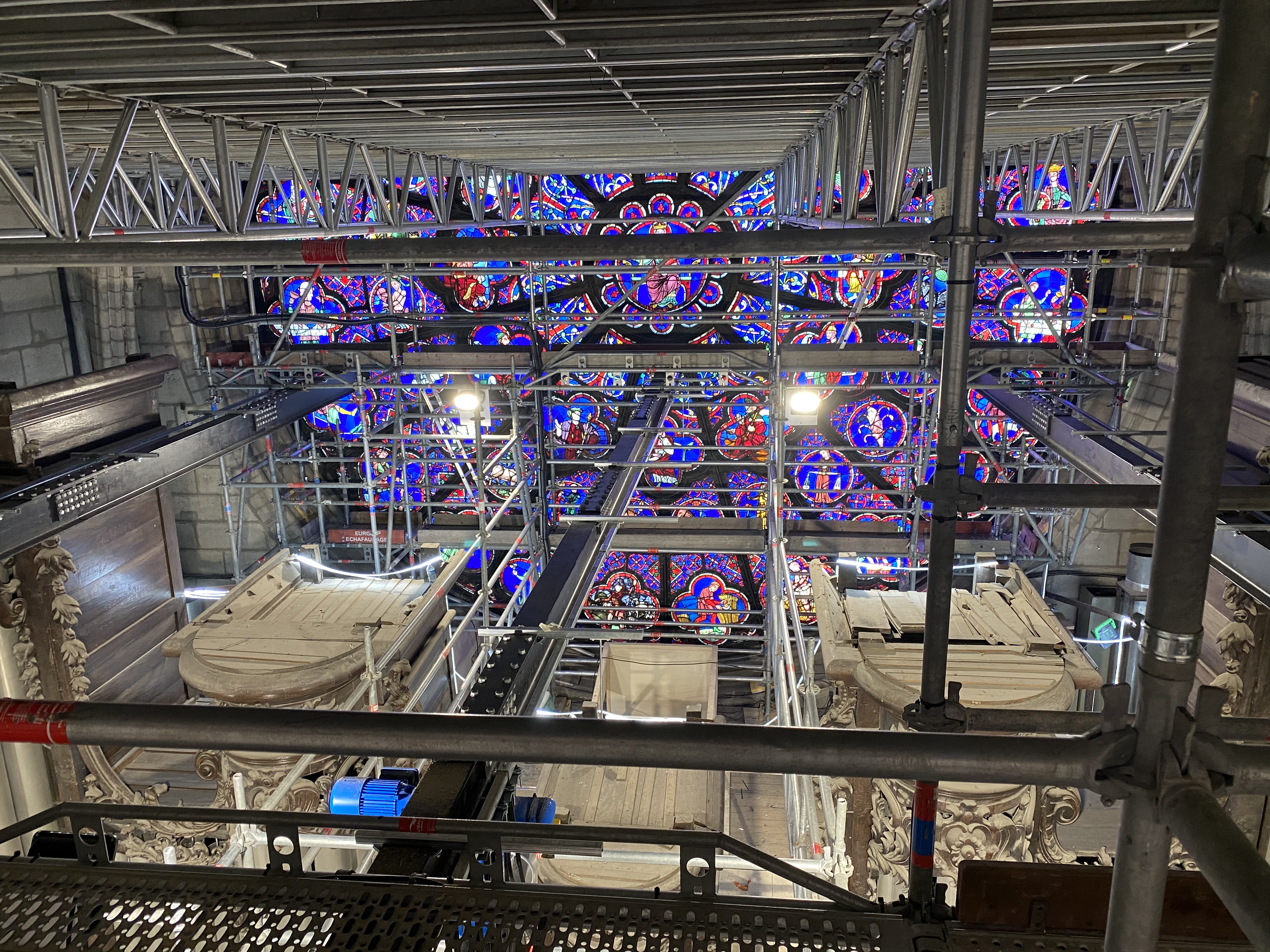
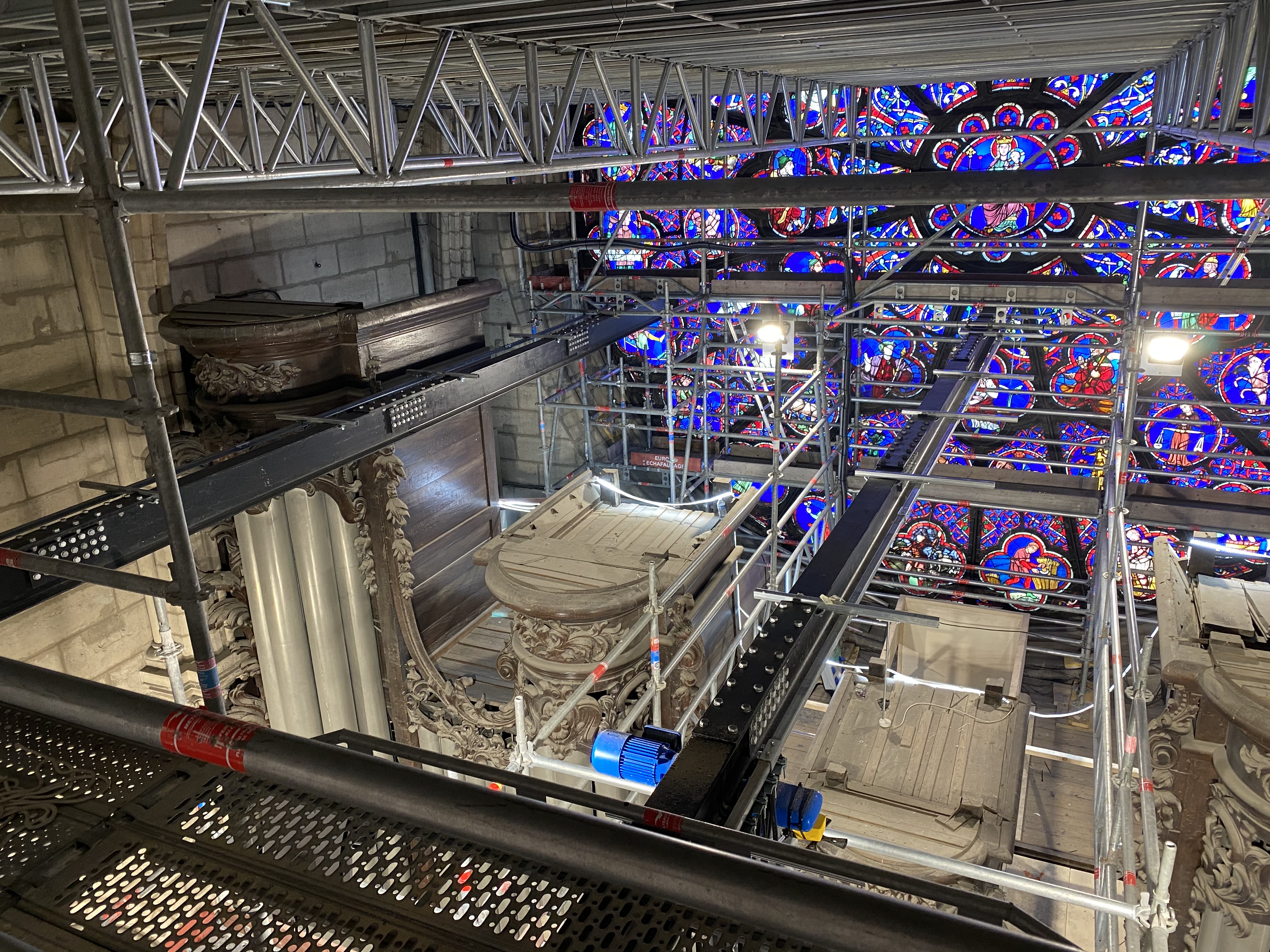
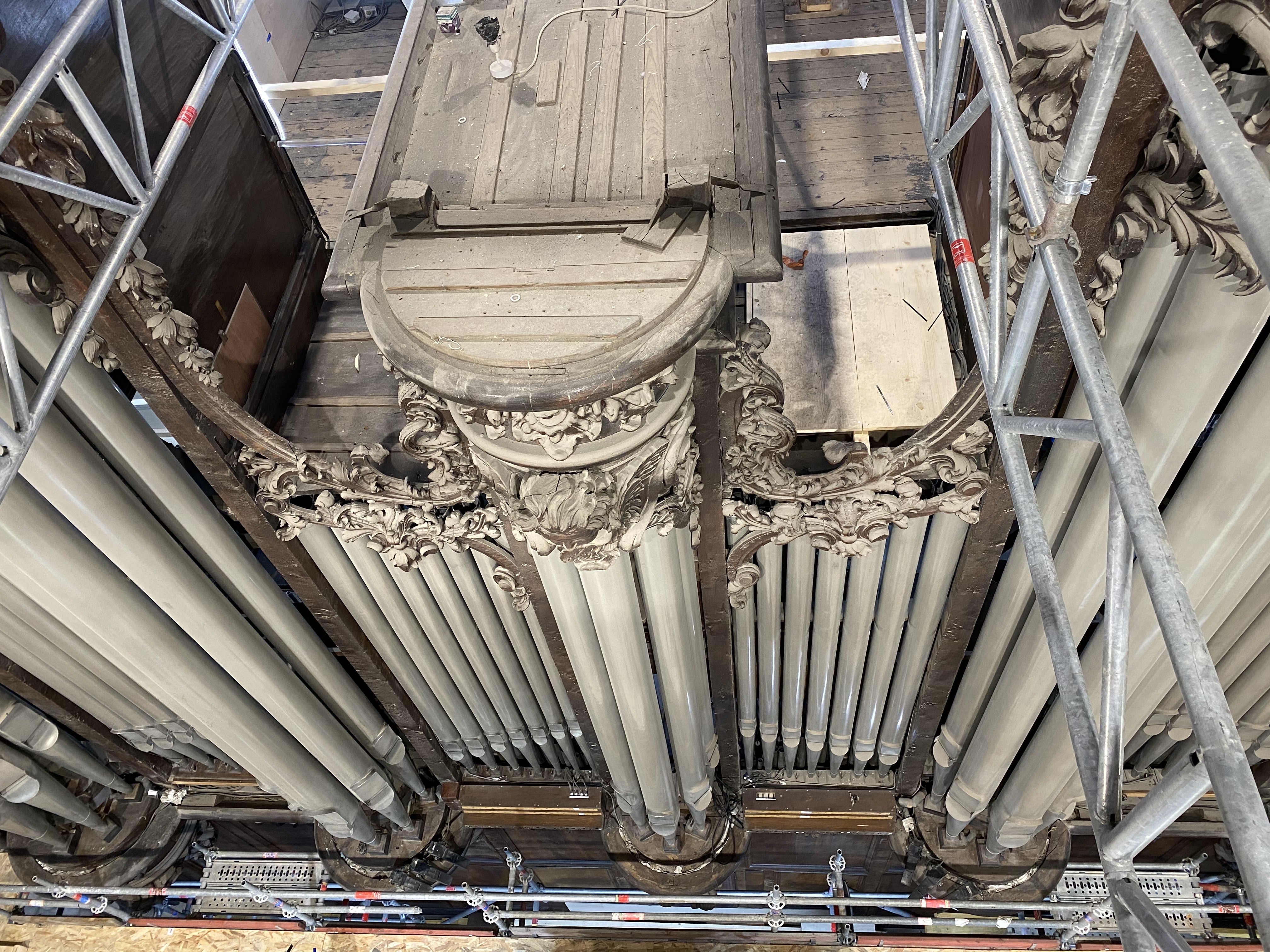
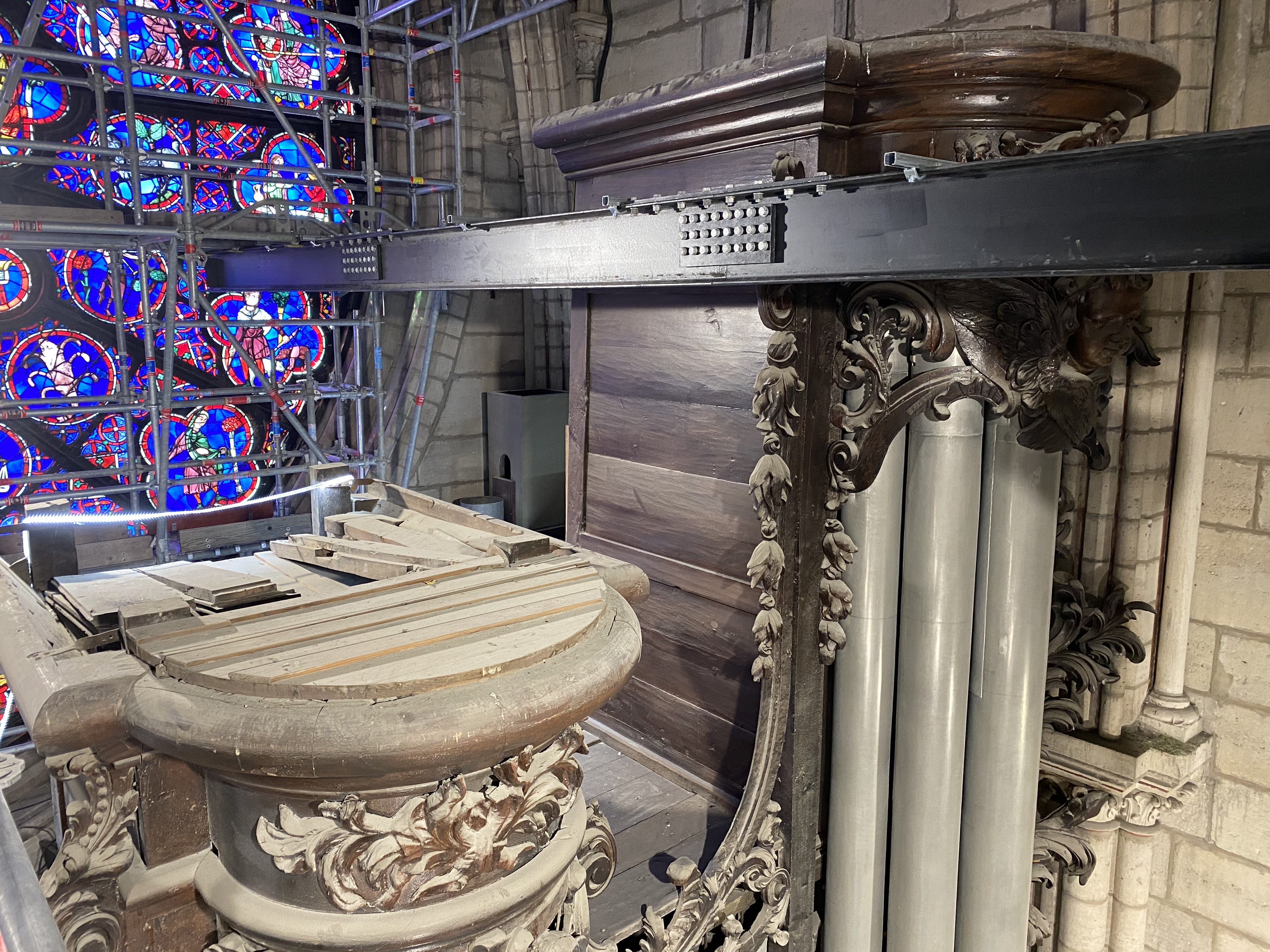
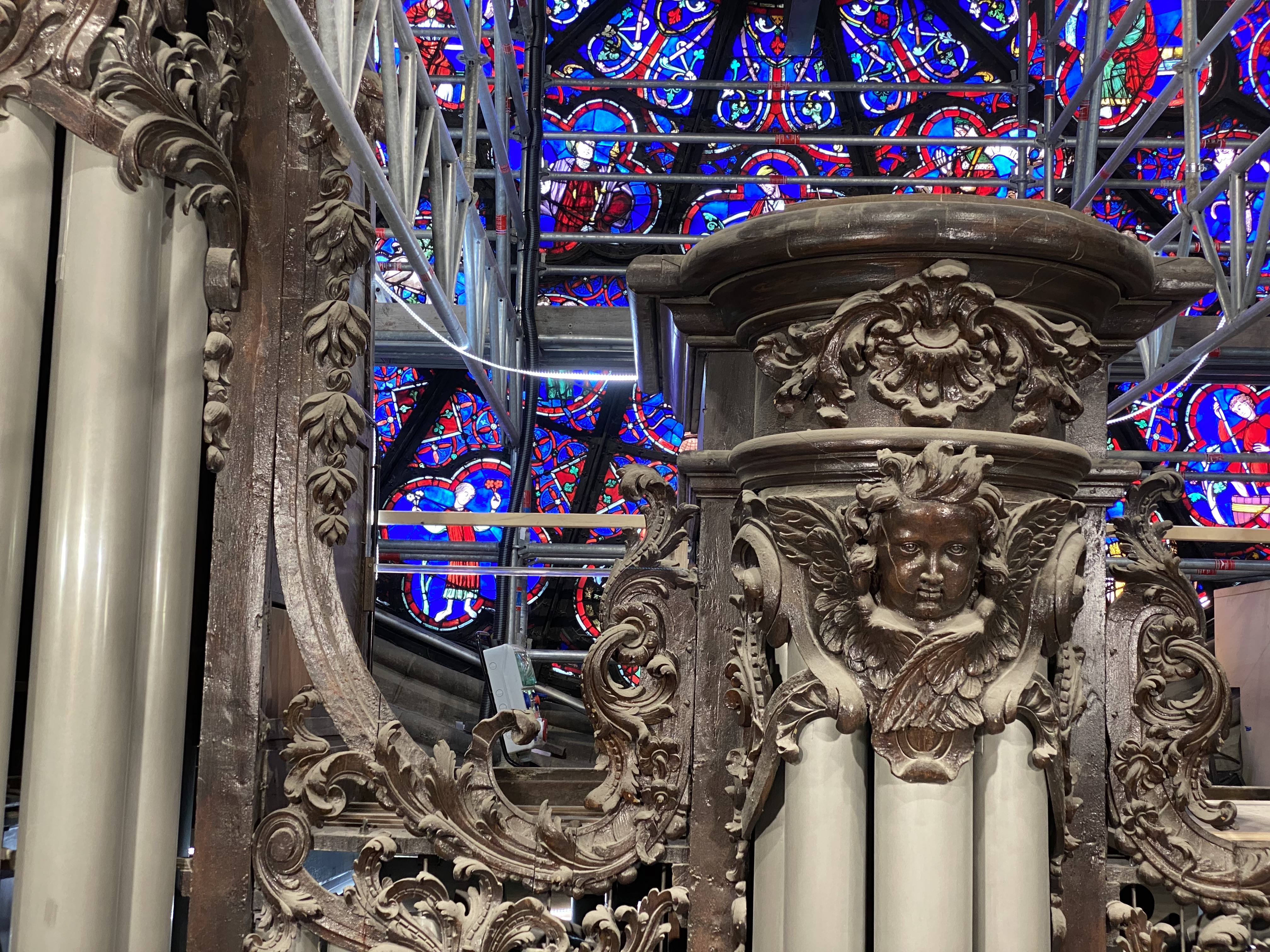
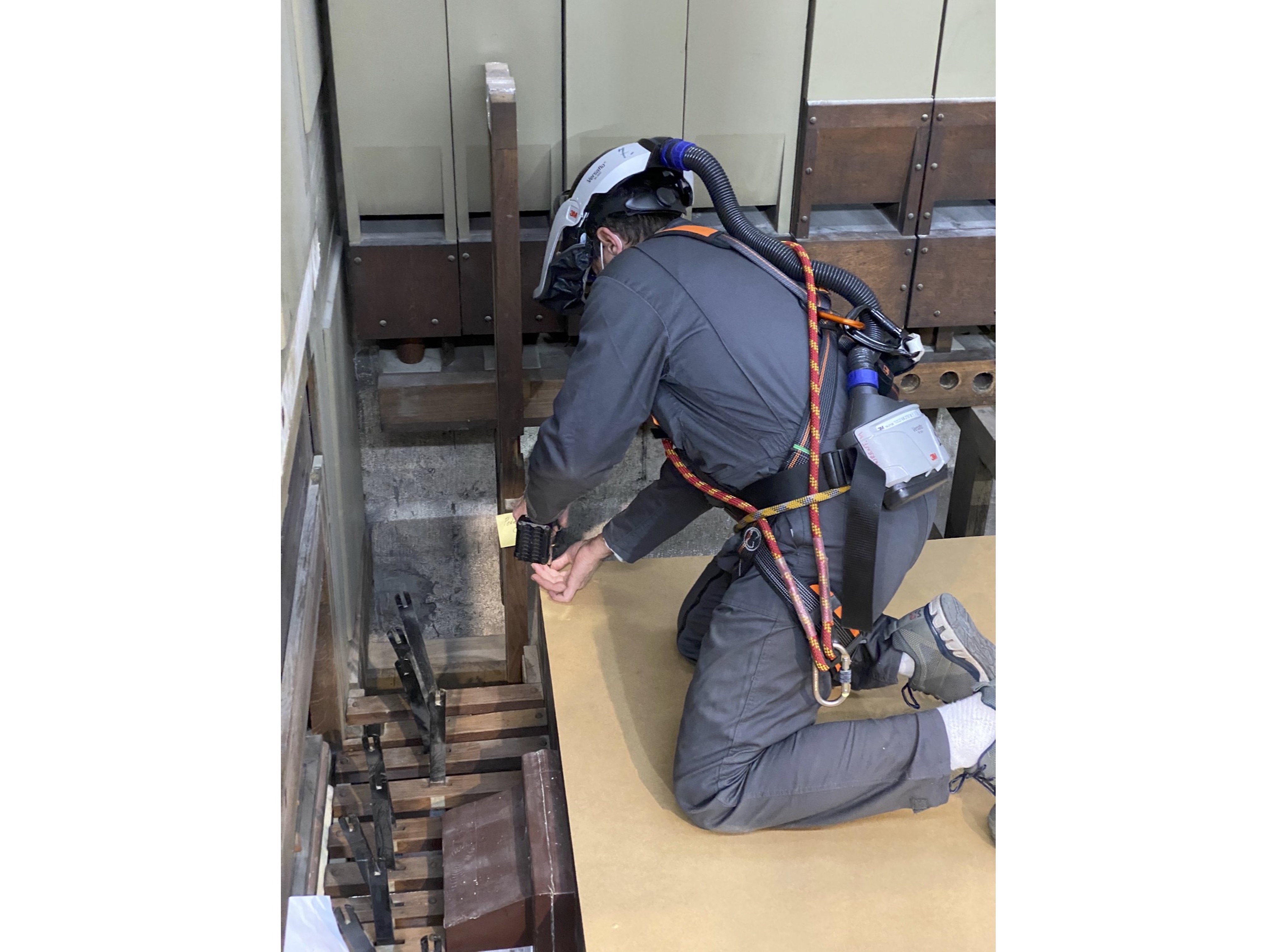
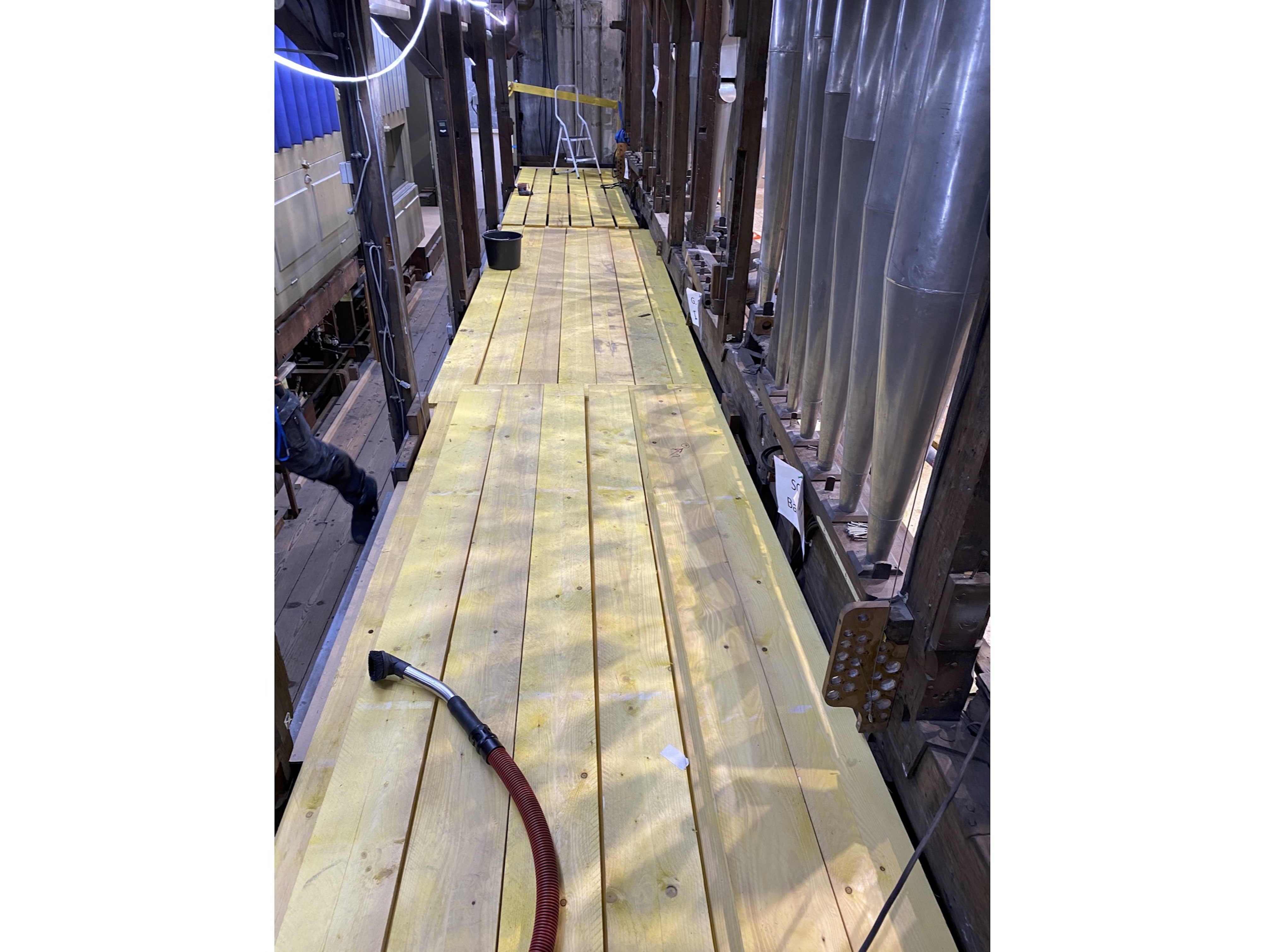
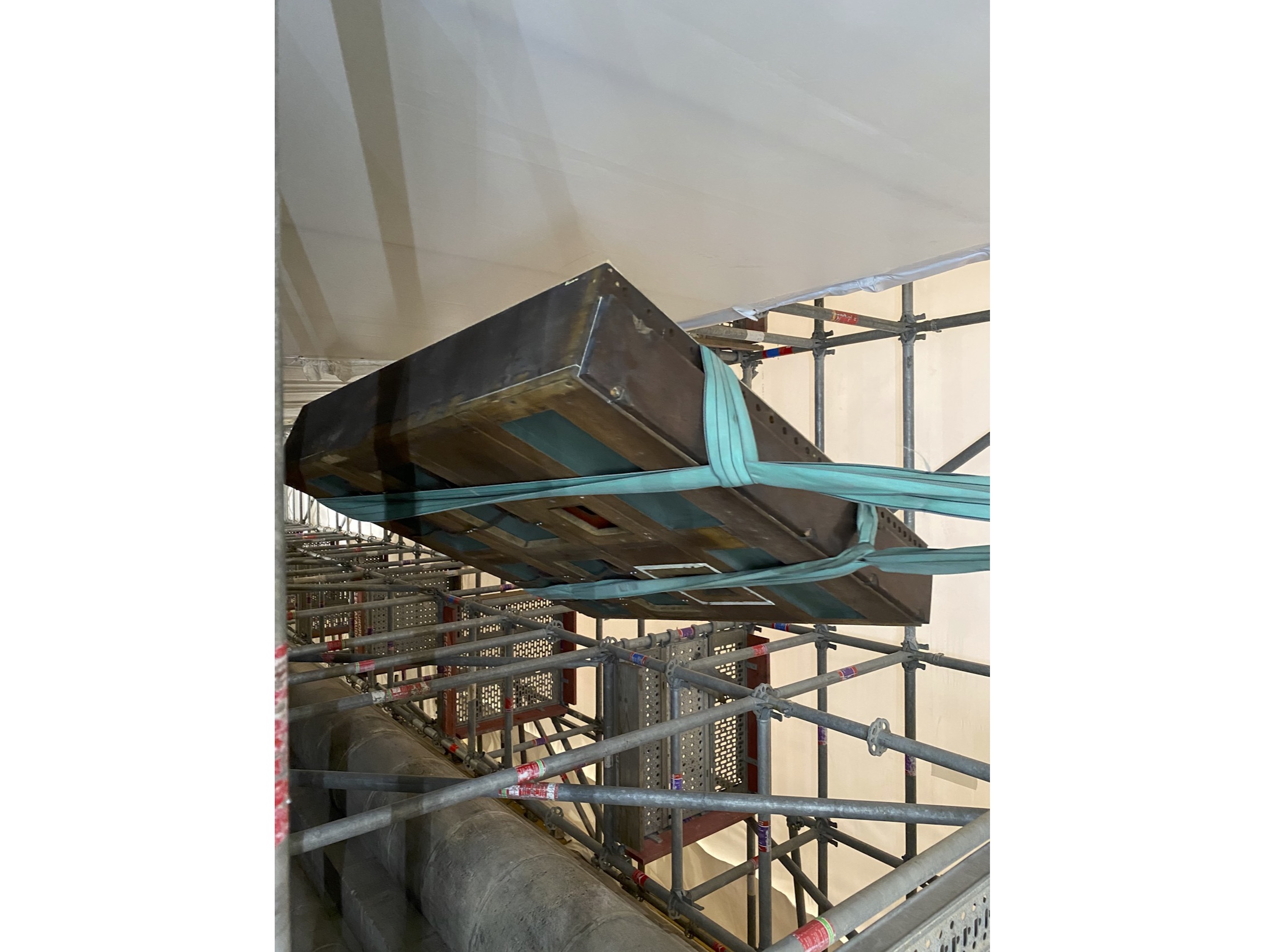
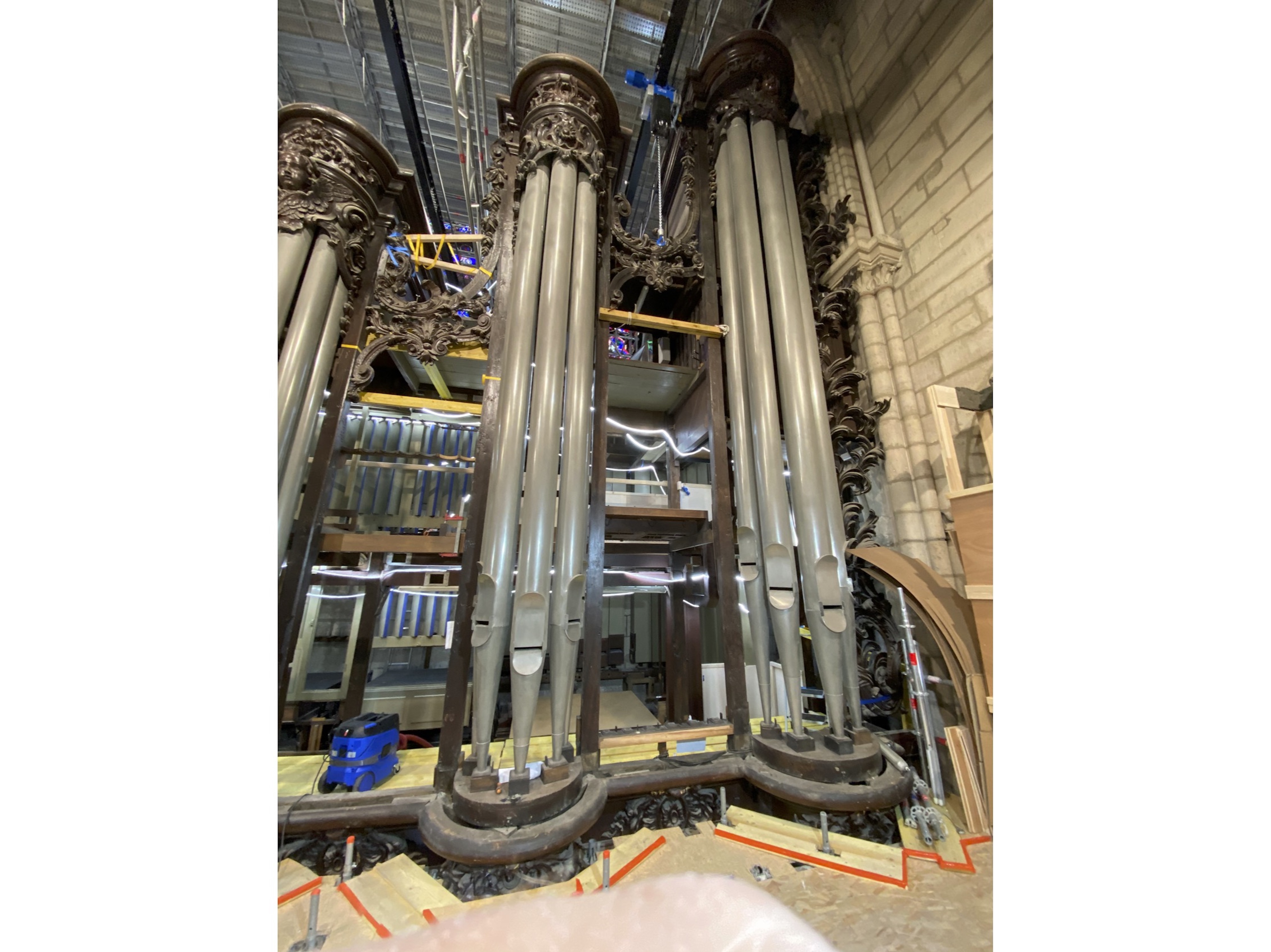
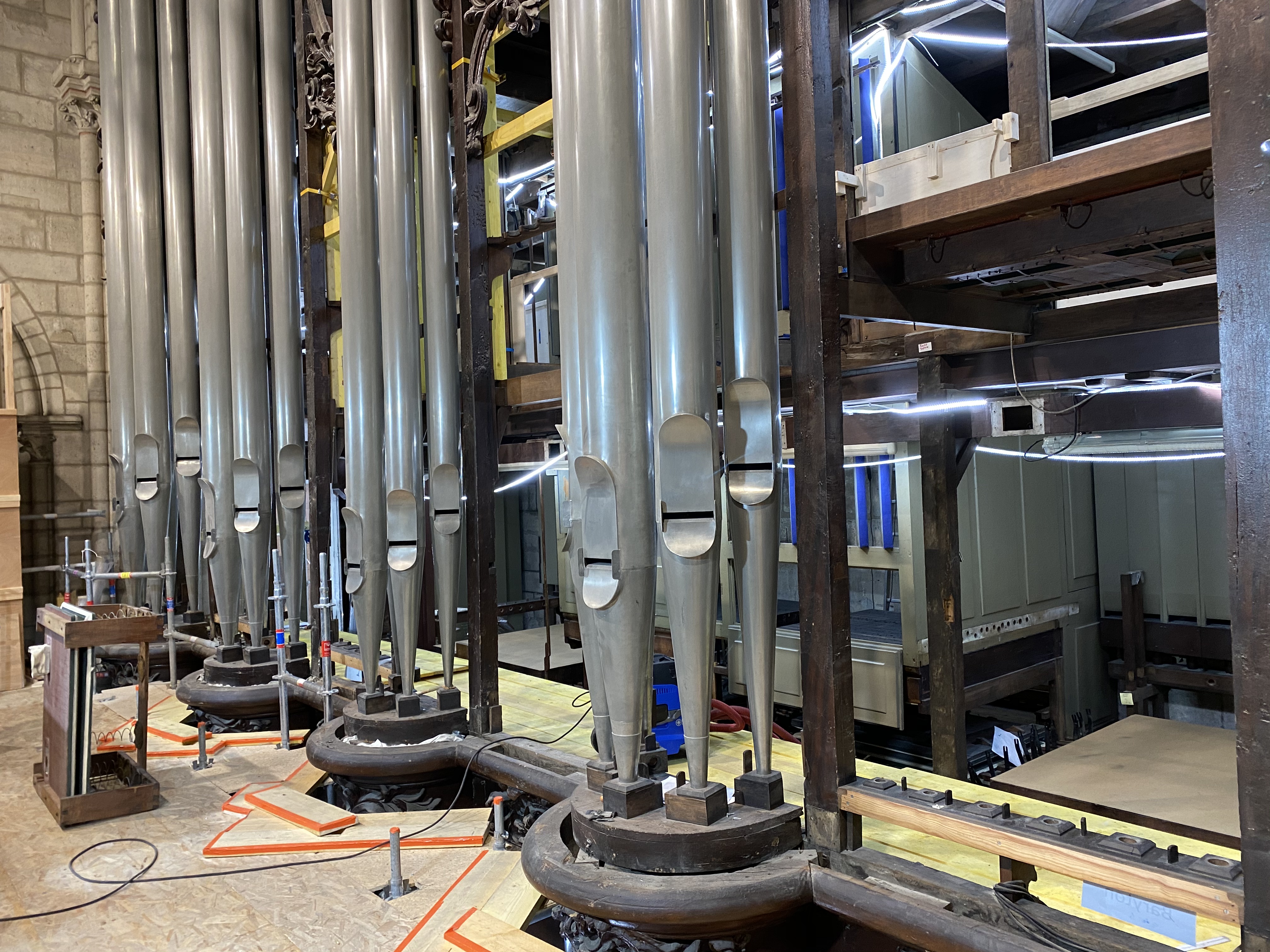
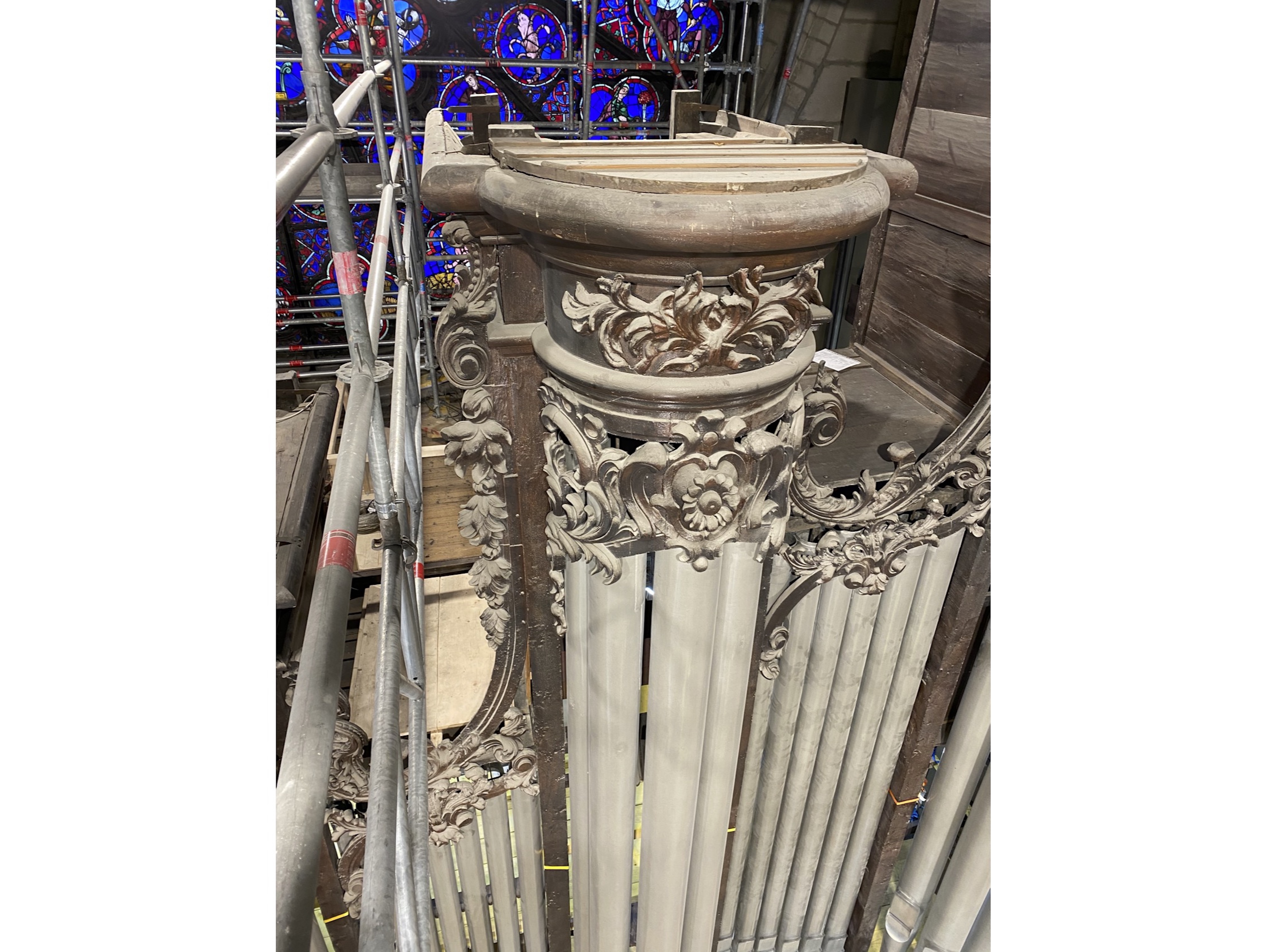
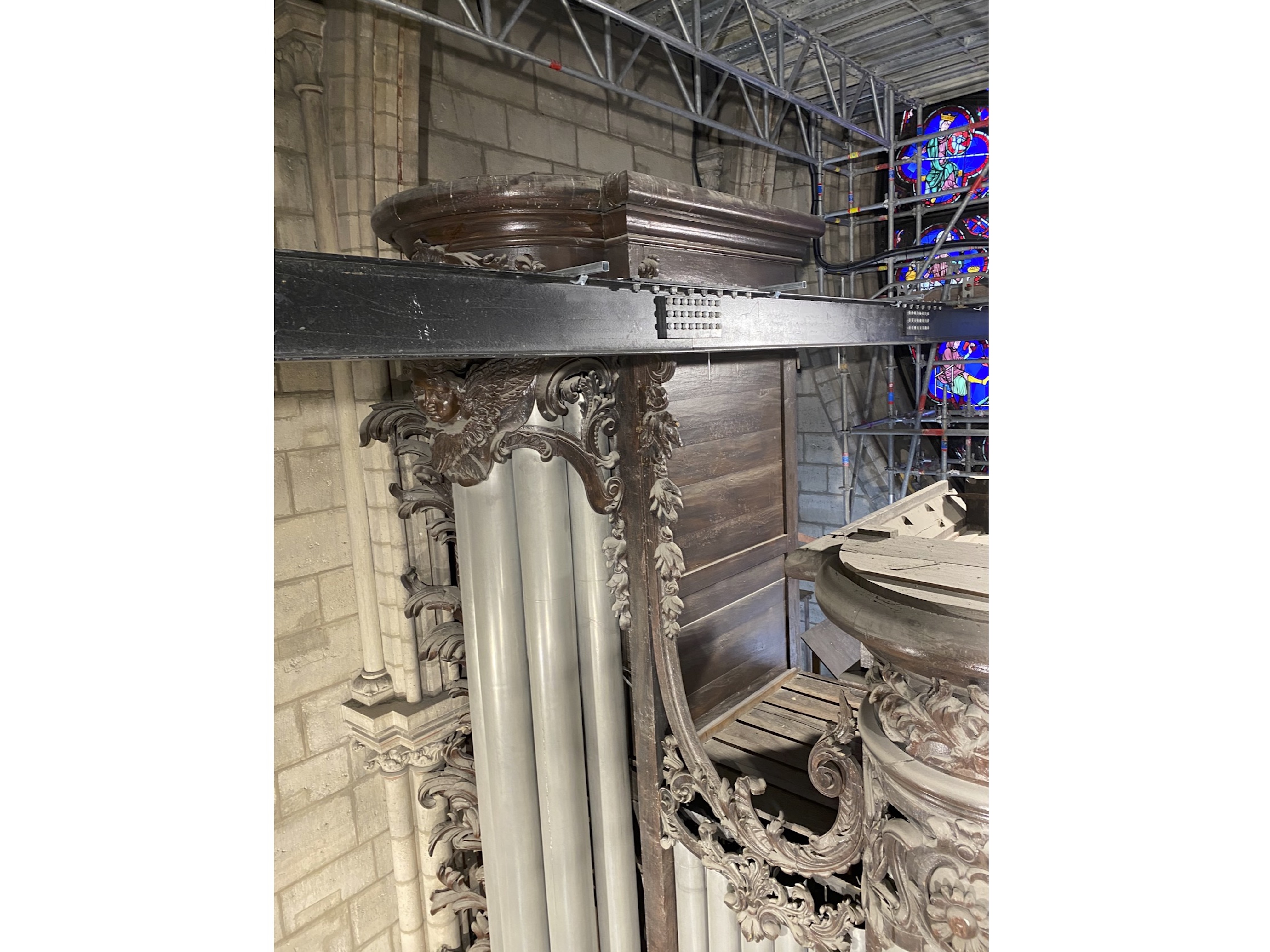
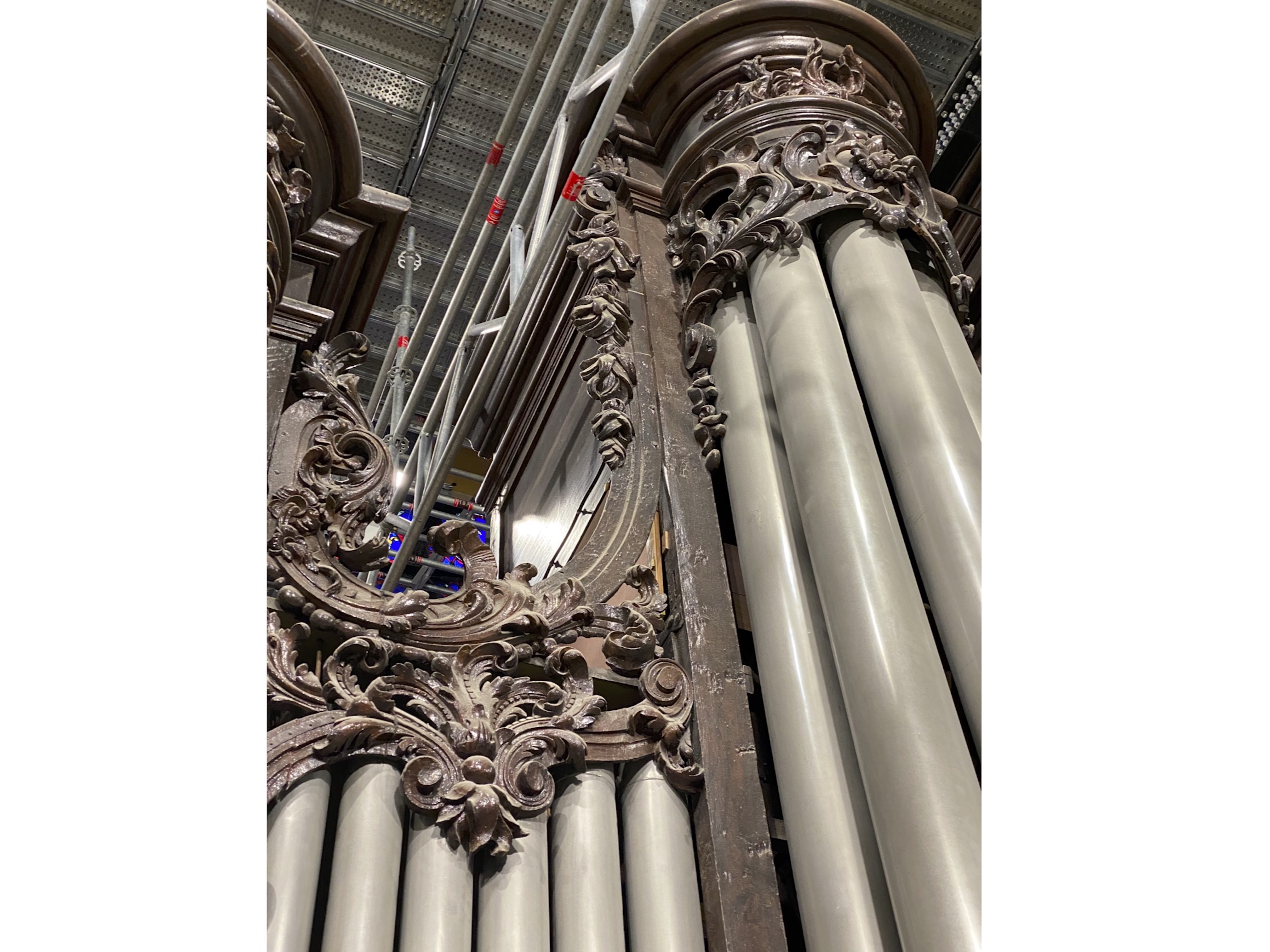
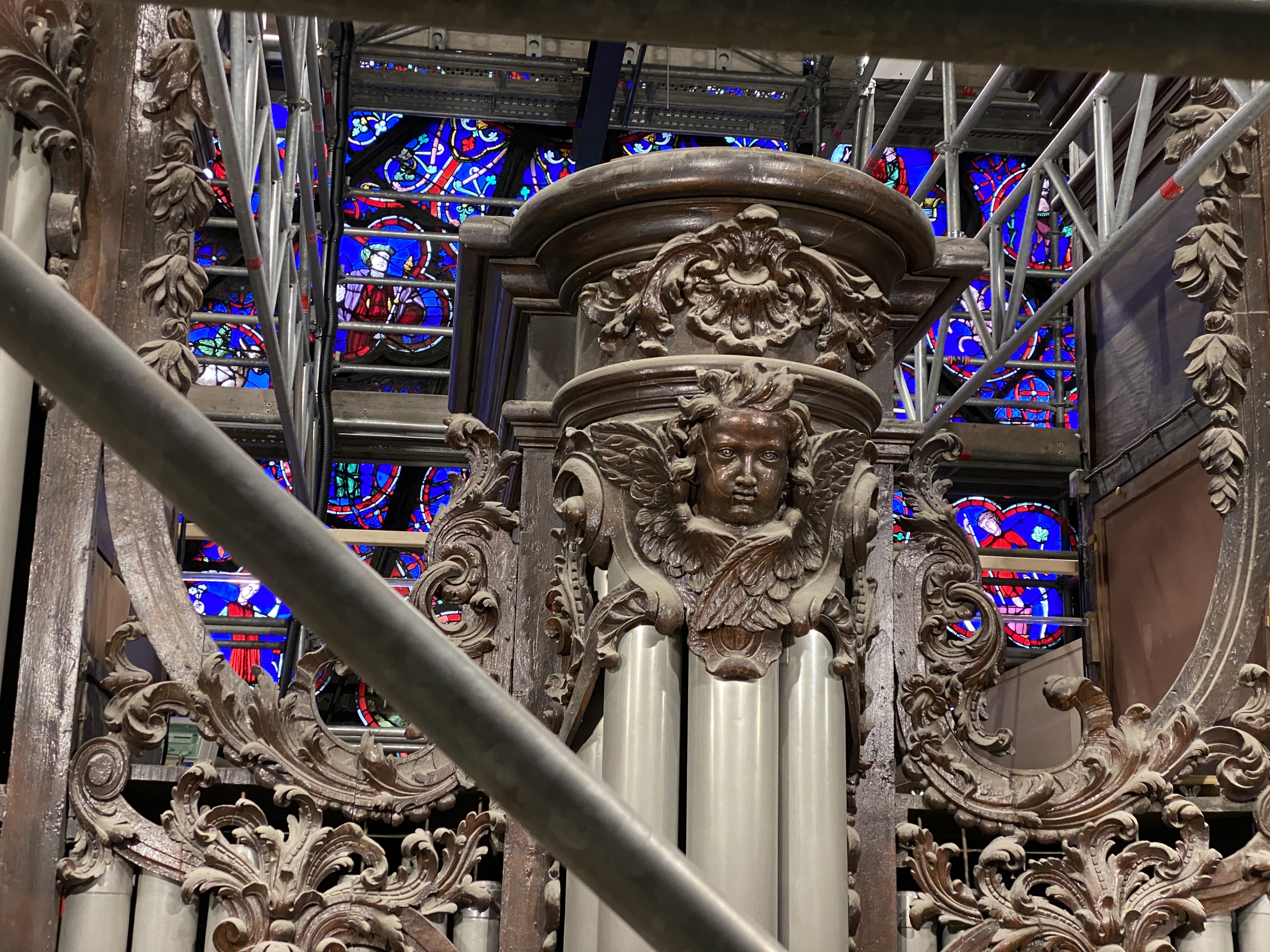
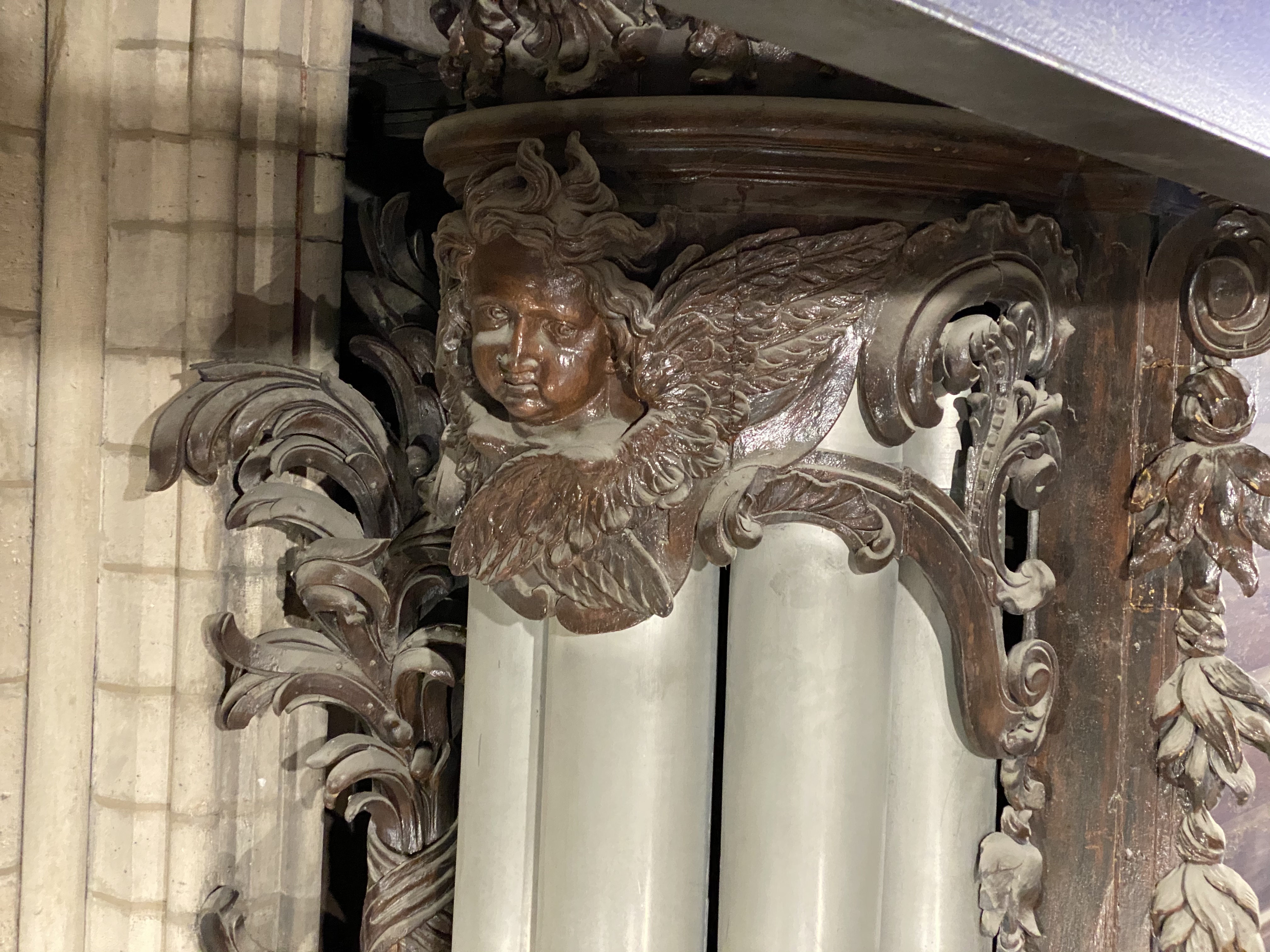
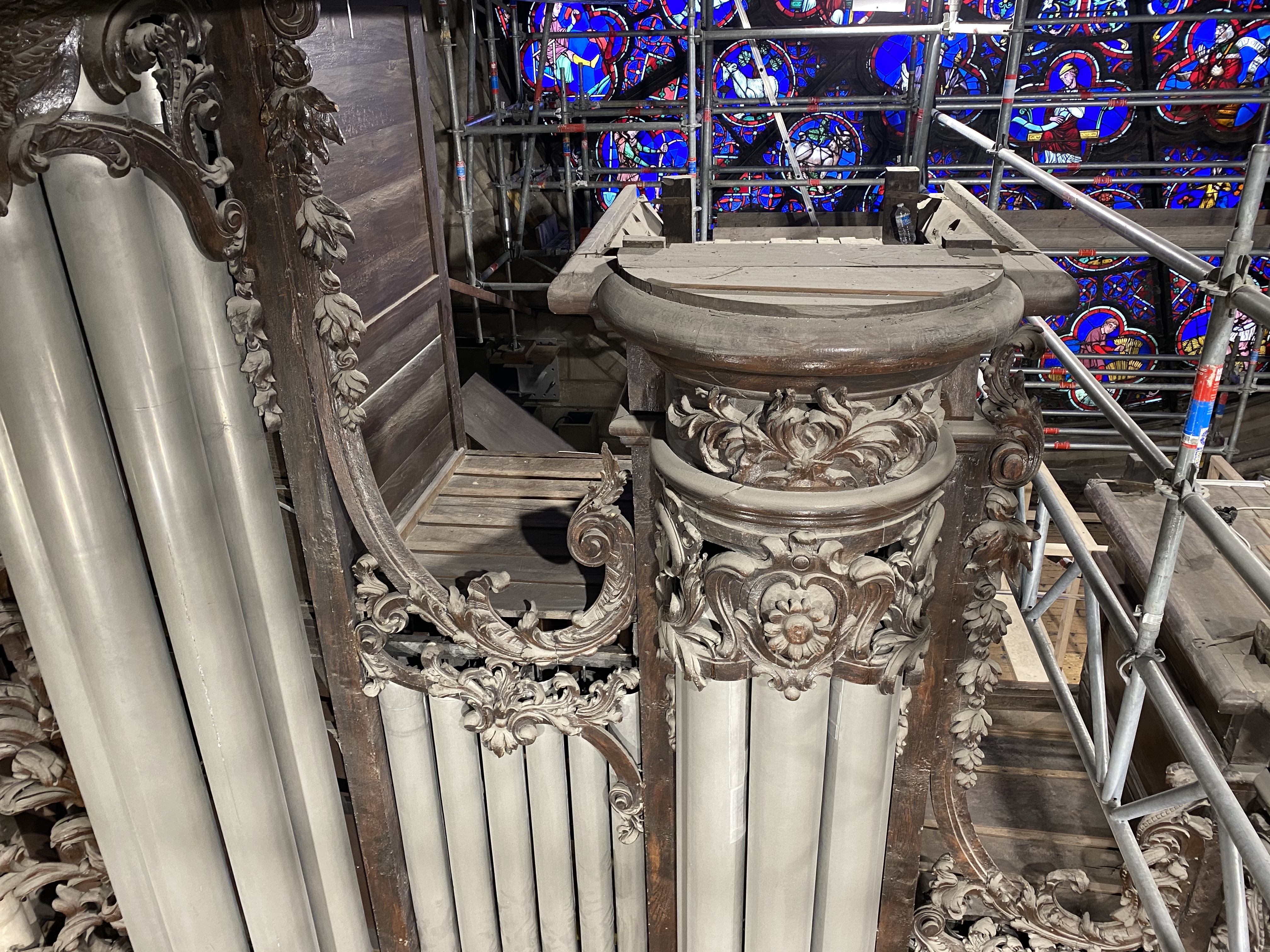
















Photos: © Christian Lutz and the Etablissement public chargé de la conservation et de la restauration de la cathédrale Notre-Dame de Paris.
––––––––––––––––––––––––
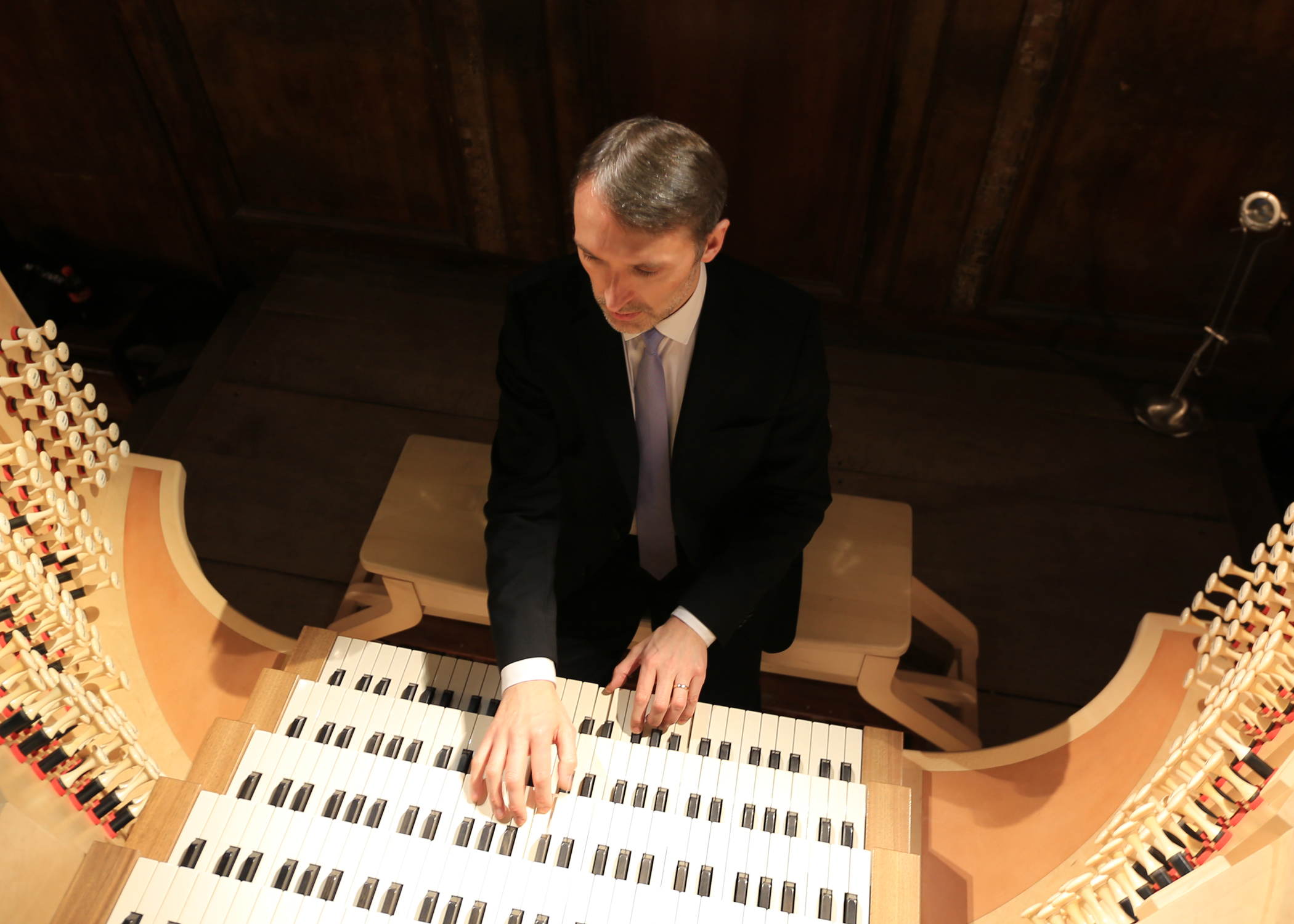

The views and opinions expressed in this article are those of the author, and do not necessarily reflect the position of Vox Humana.